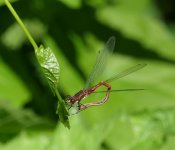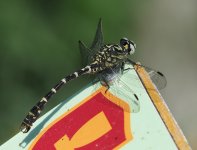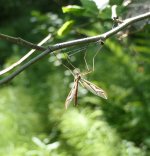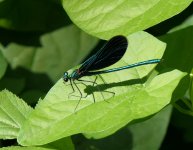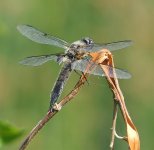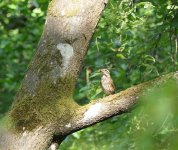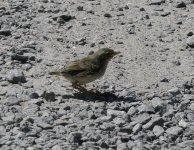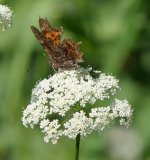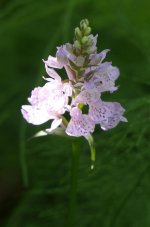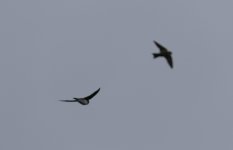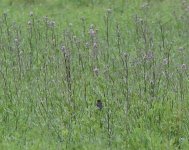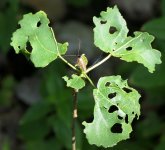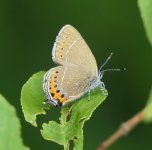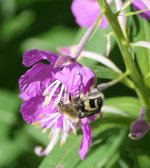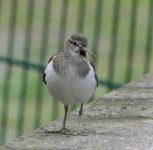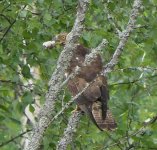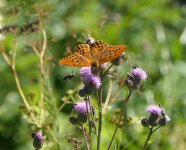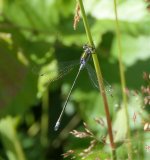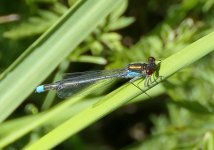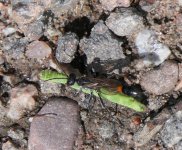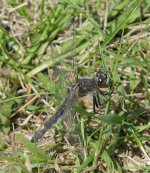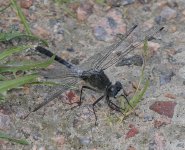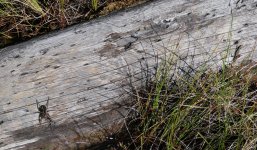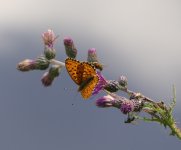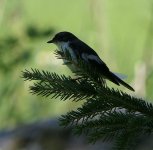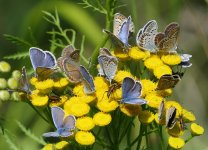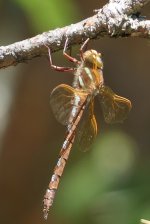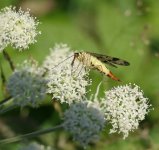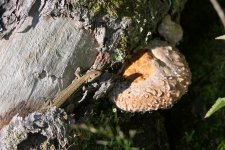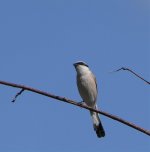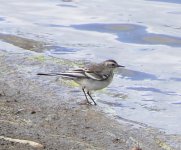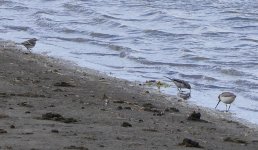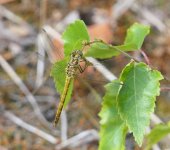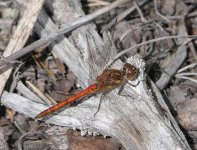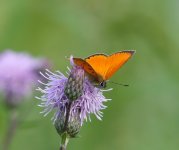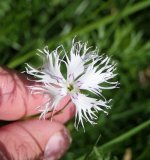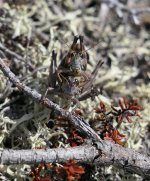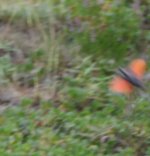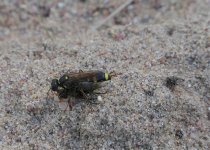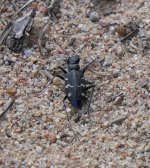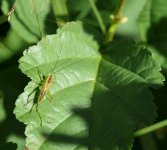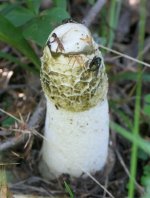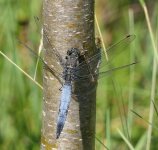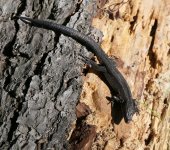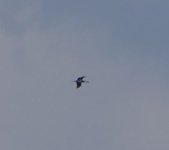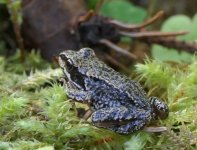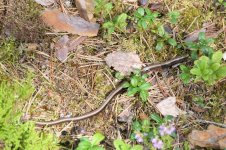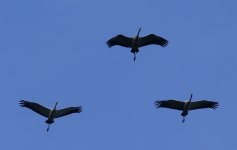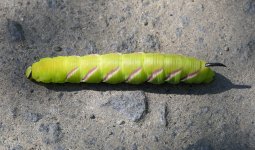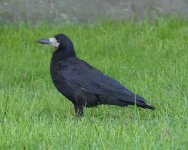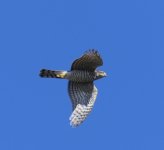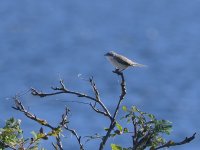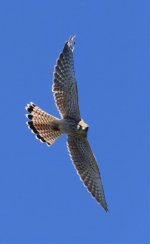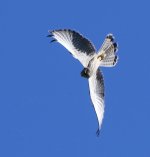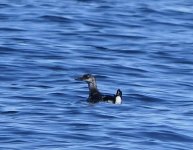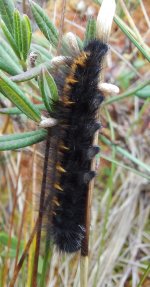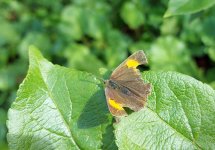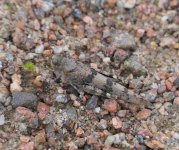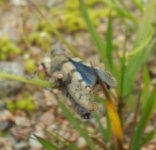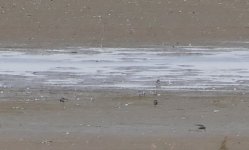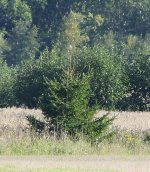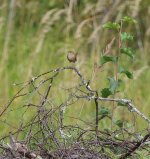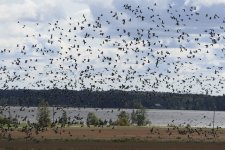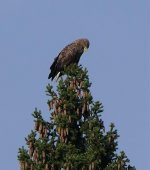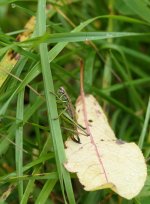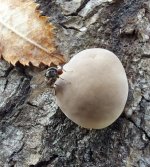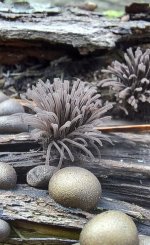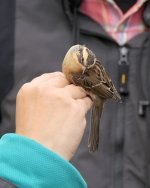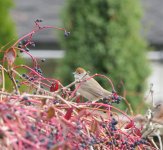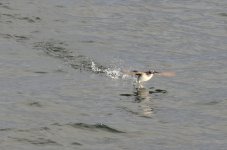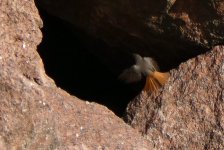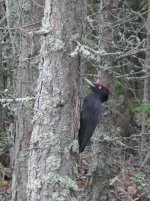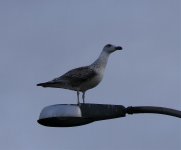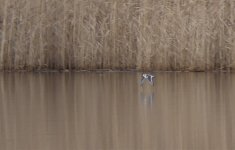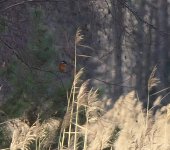November part 1
The month started with bird counting with my friend (he has done these countings since 80’s). Cos the weather was nice (by November standards) I cycled to Pyhtaa, where we did the counting. This counting route goes between roads, so we also use the bikes on counting. We started from my friend’s backyard, from which was seen a shallow bay surrounded by reeds. (He has over 200 garden ticks) The route initially toured the countryside and then dived into the woods (not real forest sadly – more like a wood fields), next to the old landfill and quarry, back to the human settlement.
Here’s the list what we saw with number of individuals:
Barnacle 230
Canada Goose 325
Mute Swan 369
Whooper’s 31
Wigeon 420
Mallard 350
Tufted Duck 110
Goldeneye 94
Smew 54
Goosander 21
Red-breasted Merganser 1 – this was also eco tick for me
Pheasant 2
Hazel Grouse 1 – heard only
Feral Pigeon 1
Coot 90
Herring Gull 25
Greater Black-backed Gull 1
White-tailed Eagle 2
Great Spotted Woodpecker 5
Grey-headed Woody 1 – eco tick too
Black Woody 2
Northern Great Grey Shrike 1
Jay 4
Magpie 4
Jackdaw c50
Hooded Crow c40
Raven 3
Coal Tit 2
Crested Tit 1
Blue Tit c50
Great Tit c60
Long-tailed Tit 4
Goldcrest 7
Nuthatch 1
Treecreeper 3
Blackbird 3
Black Redstart 1 – eco tick and not just for this year but first overall
Waxwing 12
Dunnock 1
Tree Sparrow c40
Bullfinch 6
Linnet 2
Redpoll 20
Red Crossbill 6
Yellowhammer 50
Total score of species: 45
Couple of days later I was another biking trip and I found this peculiar looking Canada Geese:
https://www.youtube.com/watch?v=mia98vAozJ0
What you think, is one of its parents a Barnacle or Greylag? Or is it just leukistic?
On 5th we went to the Vahterpaa again with our main target Kittiwake and maybe some other arctic bird.
- By the way, at my friends backyard, we manage to see
Jack Snipe, year tick for me.
Wind was blowing 13 – 15 m/s but we had nice sheltered place on cliffs where is a good almost 180 degrees view to North, East and even South. Days best species was Peregrine which I found sitting on one stormy rock middle of the sea. Soon it took off and disappeared to South-West. Even stranger was female Hen Harrier that struggled against gusts of wind above the waves in middle of loft of Little and Common Gulls.
On the way home we stopped on one dam. Someone has seen there a Kingfisher and Black Redstart earlier on that day. We could found only a Dipper and young GBbG.
Saturdays I usually go to play floorball to Hamina. This Saturday (7th Nov.) I left home so early that I had a half an hour time to spend on bird watching tower in Hamina before our games would start. The birds of Lupinlahti seemed to be the same as I had expected to see at this time of year. Nothing special. Or was there?
After 20 minutes observing very pale looking – almost white – bird was pecking on water surface about 800 metres from tower on border of reeds. Momentarily it disappeared behind reeds. I looked it throw my scope and wondered could it be? No – It’s not possible… Yes, it must be… This cannot happen to me! I usually never find anything nice… No way, it must be a young Little Gull or… Can the “P”-bird be here this late? 3

I had to call a friend. First friend didn’t answer the phone. Second did. He confirmed my thoughts that the Red-necked P’s are all gone, but what about Greys?
On that point I made an alert about a possible Phalarope-species. I tried phonescoping but the results were sad. Nobody couldn’t tell anything from those picks. It occurred to me to call one Haminan birderfriend, if he happened to be nearby then he could surely confirm my observation. He happened to be just couple of miles away but by bike, so it took a few moments him to get there. And when he arrived, the bird was missing. I haven’t seen it left so it had to be somewhere behind reeds. At this point I was already totally late from my ball games. :smoke:
Then first birder who got my alert arrived to the tower. My cycling paw decided to go to the other side of the bay if a bird could be seen from there. Soon after that mystery bird appeared and a little closer than before. It still looked like a Phalarope. Then another two birders (other one was known nickname: “The Walking bird book”) came to the scene. Now we all watched throw our scopes and “Walking bird book” confirmed that it sure was the Grey Phalarope! I made another alert, this time for secure Grey P.
Suddenly GP took off and flew towards us, passing us a hundred meters away and continuing East towards the bottom of the bay. I manage to take couple of seconds video from birds tail feathers. |>| And then more crew began to gather on the tower, also my friend I had caught on the phone had driven 70 km from Kouvola to watch the bird.
We waited on tower about half an hour, then me and Kouvolan buddy decided to go look for the bird wherever it had flown. Sadly, the places the bay was seen were few. We found small marina and spend there maybe another half an hour. No GP, but my friend thought he heard Kingfisher. Which was nice too, but…
When we had visited yet another place we decided to give up. I was driving back to the tower, when I got call from there. On tower it looked like GP had flown towards the marina where we had been before. I turned car around and there we went. There was another couple too in same reason. We use our binos, scopes, ears, you name it, but nothing. OK, the Kingfisher we saw this time – maybe there was even two. We almost leave there but decided to look again on the other side of marina. We were watching on bay when a bright loud voice was heard almost beside us. We turned to the sound and in there the bird flew away from us. Luckily it landed about 150 metres away from marina and we could watch it properly – and my friend got his lifer. I made an alert again and soon the crowds came. Unfortunately, the GP didn’t stay a long and only about ten people had time to saw it. Fortunately, one of those was my biking friend.
https://www.youtube.com/watch?v=6id4LIVevoo
Afterwards, I heard that several people were also there the next day looking for a bird, but it was no longer found.
I feel so lucky that I had found it. Even it wasn’t lifer or even year tick for me. Self-discovered is always self-discovered. B






